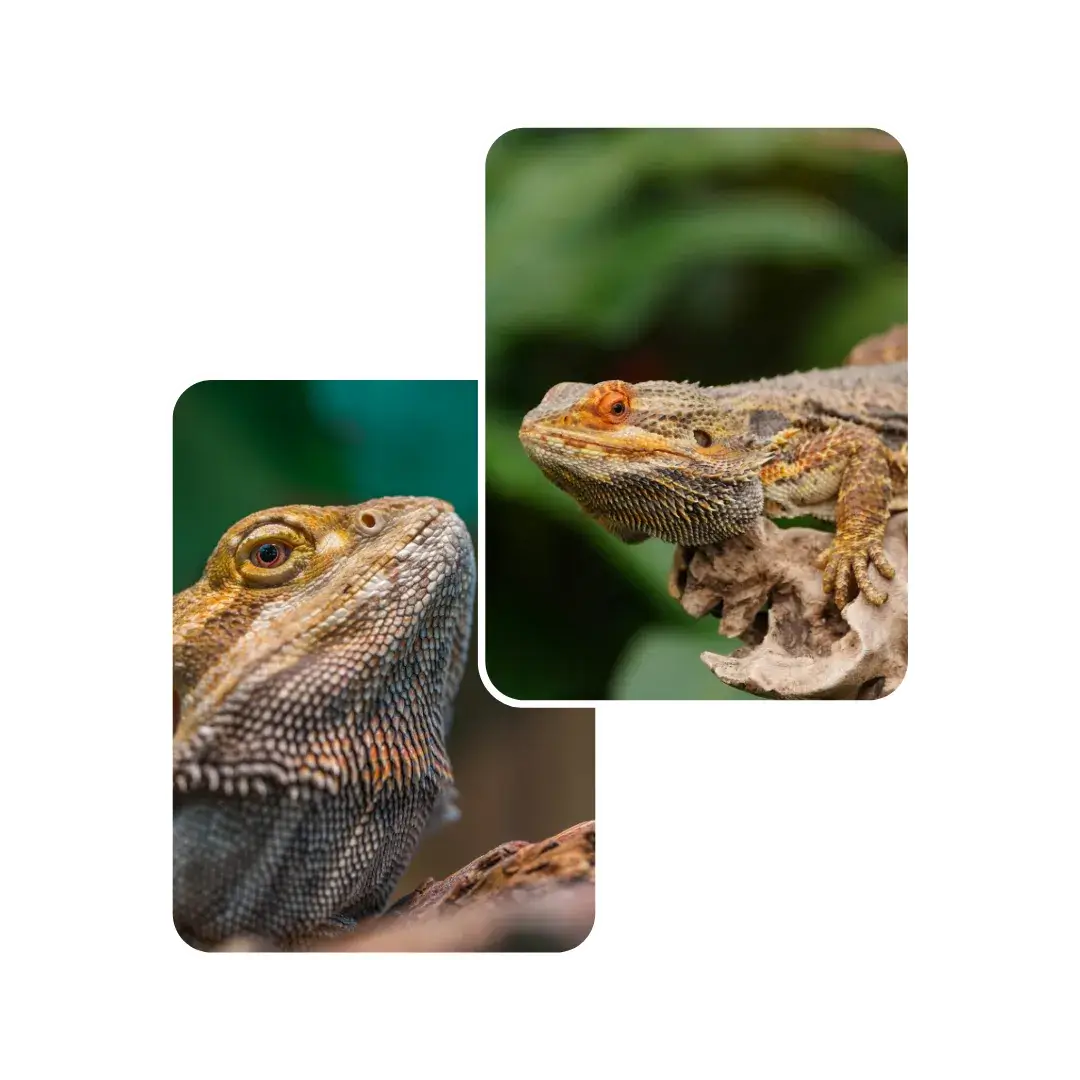

Loss of appetite, a signal that the injury is causing immense pain or systemic illness.
Imaging finds hidden, fatal fractures. Dragons hide pain. A fall can cause a fracture or fatal internal bleeding (trauma) that isn't visible. We use X-rays immediately to find hidden damage and stabilize it.
Emergency antibiotics prevent sepsis. Animal mouths harbor deadly bacteria (e.g., Pasteurella) that cause rapid, fatal septicemia. We need immediate debridement and injectable antibiotics to halt the infection.
Expert surgery restores mobility. We use specialized orthopedic surgery and internal/external fixation techniques to ensure the bone heals correctly, giving your dragon the best chance at full functional recovery.
We look for the silent signs of crisis. Look for severe lethargy, open-mouth breathing, or a blue/pale color in the gums. We use urgent ultrasound and STAT blood work to confirm internal bleeding and shock.
We provide safe, sterile burn care. No. Human creams can trap heat or contain toxic ingredients. We provide specialized, sterile wound management and prescription pain relief designed specifically for reptile skin.
Your pet deserves expert care – Subscribe now for trusted tips and updates from our pet experts.
